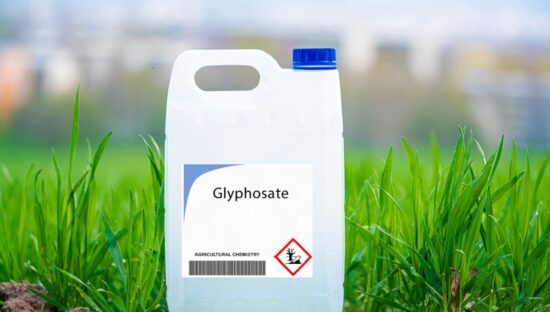
New Zealand Food Safety has decided to keep glyphosate residue limits the same following a public consultation.
There was a proposal to change maximum residue levels (MRLs) for glyphosate in wheat, barley and oats to 10 mg/kg but the limit has been set at 0.1mg/kg, which is the same as the current default level.
Vincent Arbuckle, New Zealand Food Safety deputy director-general, said the decision reflects changes in how growers are using glyphosate.
“Although we are confident the proposed limits would not have presented any health risks to consumers, after considering more than 3,100 submissions and meeting with a broad range of submitters and stakeholders, we found compelling evidence that the way glyphosate is used in New Zealand has changed over the past five to six years,” he said.
“Growers and millers have increasingly entered into contractual arrangements that require no, or extremely low, glyphosate residues in grains used for food, effectively prohibiting pre-harvest use of glyphosate.”
Change for peas
For dry field peas, the MRL has been set at the proposed 6mg/kg. This is in line with industry agricultural practice and the Australian, European Union, United Kingdom and Codex MRLs of 10mg/kg for dry peas, and the United States’ 8mg/kg limit.
New Zealand Food Safety will require that when glyphosate is used on wheat, barley, and oats grown for human consumption, it can only be applied before crops emerge. It will not be allowed to be used directly on cereal crops grown for people to eat.
In November 2023, the European Commission renewed the approval of glyphosate until December 2033.
Agricultural chemicals, like glyphosate, are critical for farmers and growers, said Arbuckle.
“They help manage outbreaks of pests and diseases, they reduce the risks to plant and animal health, and they help keep food prices down, because crops and animals can produce more when there are fewer pests.”
A welcome decision
Greenpeace welcomed the move and called on New Zealand Food Safety (NZFS) to restart its glyphosate testing program.
Dr. Russel Norman, Greenpeace executive director, said it was a victory for people opposed to the plan to increase glyphosate on wheat, oats, and barley.
“However, we also note that NZFS stopped testing for glyphosate after it found residues in food well over the 0.1mg/kg level in 2015/16. We are seeking an assurance from NZFS that they will include glyphosate in their next round of food testing.
“We are also concerned that NZFS has taken no enforcement action in over a decade when it finds pesticides at levels above the legal maximum allowed in food. There is not much point having legal maximums if they are not enforced.”
Organic Aotearoa New Zealand (OANZ) also supported the announcement.
Noel Josephson, OANZ chair, said: “New Zealanders want a food system that prioritizes health, integrity and environmental protection over chemical convenience. We commend MPI for listening to that message and recognizing the shift already happening on farms, away from reliance on glyphosate and towards more sustainable, organic practices.”
Salmonella update
Figures published by the New Zealand Institute for Public Health and Forensic Science (PHF Science) show there were 95 cases of salmonellosis in July, compared with 56 infections for the same month in 2024.
Nearly half of the sick were 50 years old and over and 73 cases were European or another ethnicity. A total of 32 people were hospitalized. The most common risk factors reported were overseas travel and consumption of food from retail. The main serotypes were Salmonella Typhimurium and Salmonella Enteritidis.
(To sign up for a free subscription to Food Safety News, click here)


